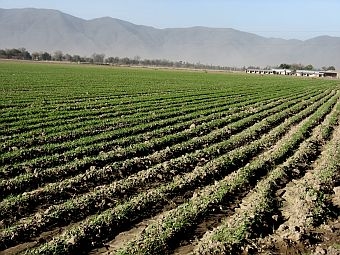 I’m Charlie Nardozzi and this is the Vermont Garden Journal. We have a new property and lots of land to farm and garden. But before I go hog wild and buy trees, shrubs, and perennials, I want to build the soil. One of the many things I’ve earned over the years in gardening is you need to take care of your soil before anything else. One of the best ways to feed your soil is by growing cover crops.
I’m Charlie Nardozzi and this is the Vermont Garden Journal. We have a new property and lots of land to farm and garden. But before I go hog wild and buy trees, shrubs, and perennials, I want to build the soil. One of the many things I’ve earned over the years in gardening is you need to take care of your soil before anything else. One of the best ways to feed your soil is by growing cover crops.
Cover crops are legumes and grains that are specifically grown to be turned back into the soil. They have been used for centuries by farmers to increase the fertility of their land. You don’t need to be a farmer to grow cover crops. Even in a small garden you can pull out spent tomatoes, squash and beans and plant a cover crop now. While I usually prescribe to a no-till concept of gardening, the soil at our new place is so poor, it needs a boost. So, this fall I’m planting cover crops.
Cover crops do many good things for the soil. They increase the organic matter, add nitrogen and other nutrients, suppress weed growth, reduce erosion and diseases, and break up hard pan clay. There are a number of combinations that work well in our soils. Winter rye and hairy vetch is a good mix because the rye grows fast, even in cool, poor soils, and the vetch adds nitrogen to the soil. Other good cover crops are winter wheat, annual ryegrass, and oats. These crops grow until winter, lie dormant and then are turned under in spring at least 3 weeks before you plant. They need to have enough time to break down so you can plant your spring vegetables and flowers.
Now for this week’s tip, when cleaning out the garden, remember to compost only plants that weren’t heavily infected with diseases or insects. Unless your compost pile heats up to at least 140 degrees, these pests will survive in the compost to reinfect your garden next year.
Next week on the Vermont Garden Journal, I’ll be talking about decorative gourds. For now, I’ll be seeing you in the garden!
Resources:
Why Cover Crops?
Guide to Cover Crops